I am trying to do this experiment, but I can't read the current Ib. Note that the multimeter I use in this experiment is very sensitive. I don't know much about BJT transistors, so it might be an invalid transistor connection.
Asked
Active
Viewed 144 times
3
2 Answers
4
Just looking at the schematic, the collector current will be a bit less than 2mA before correcting for drop across Rb. If that transistor is a 2N2222A hFE should be between 50 and 300 so base current would be around 7 to 40uA, before correction. So 20uA isn't really out of line.
Here's a simulation, result is 9uA Ib.
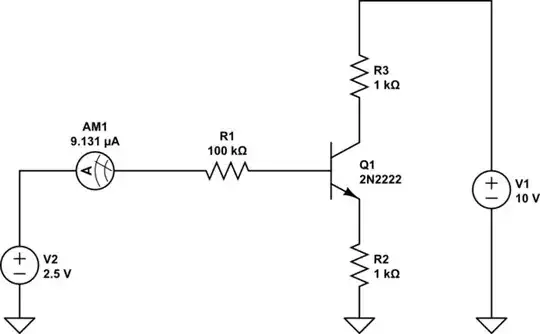
simulate this circuit – Schematic created using CircuitLab
Spehro Pefhany
- 397,265
- 22
- 337
- 893
-
But our lab assistant said that it must be 5 microamps, and my friends found correctly except me. I guess internal resistance of ammeter is negligible. – bleckemr May 12 '22 at 20:31
3
For info about internal resistance, https://www.eeeguide.com/series-resistance-microammeter/
Just verify if it is easier ... measure directly ib, or v(Rb)/100k?
If you reversed the BJT, then you are "right"!
Antonio51
- 13,128
- 1
- 7
- 22
-
Our teacher said it must be 5 microamps and everyone except me obtained it. – bleckemr May 12 '22 at 20:32
-
1
-
1
-
1Thanks! I actually tried it flip vertically but I was trying to be quick so there should be other mistakes. Again thank you for your clear explanation. – bleckemr May 12 '22 at 20:57
-
1It is the "only" simple means (from an external view) to distinguish emitter and collector, so you have learned something important ! ... It is the reason why on the multimeters, you can swap all "pins" to detect the "true" pinout of the BJT ... Thanks ... @devnull – Antonio51 May 12 '22 at 21:05
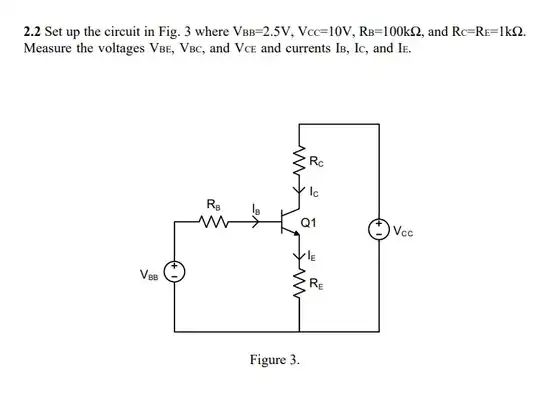
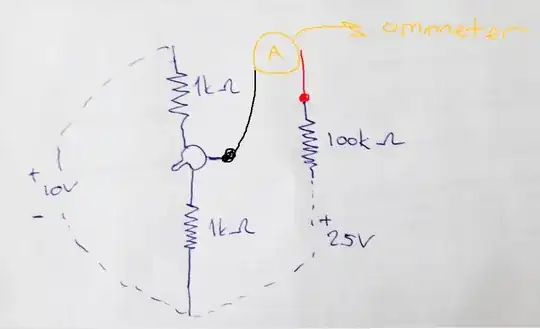
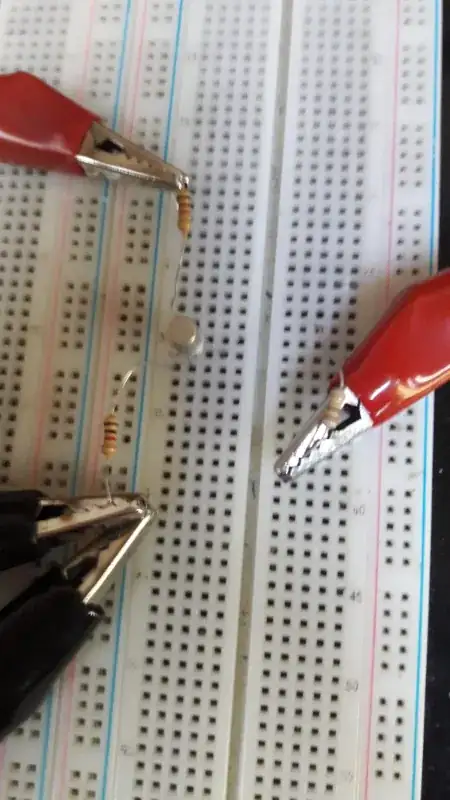
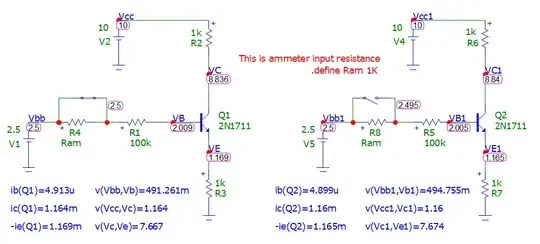
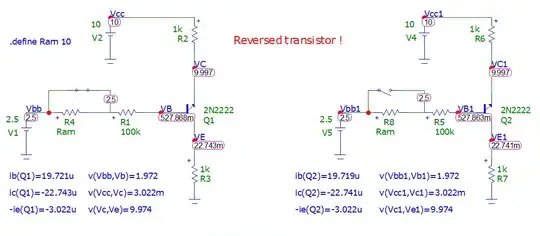
so it might be an invalid transistor connection. So, you are right ! +1.
– Antonio51 May 12 '22 at 20:45